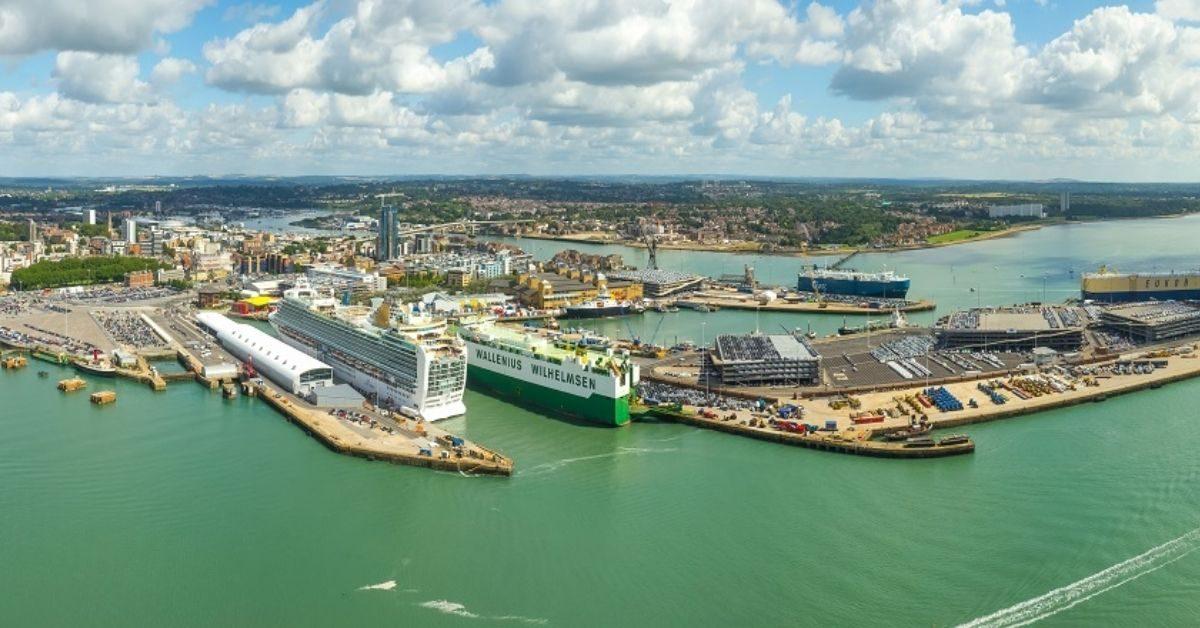Of late, Britain has become the most costly cargo shipping destination in Europe, as containers from China costing on average nearly 25 per cent extra to send than those arriving at Continental ports. According to a survey conducted recently found that three British ports – Liverpool, Southampton and Port of London – are the costliest destinations in Europe for sending a standard 20ft container from Shanghai.
The average cost of sending a container to Rotterdam, the cheapest European destination in Europe, was £5,736, while the cost of sending the container to Liverpool in UK was £9,112, which was 58 per cent higher. The cost of sending containers to Southampton and Port of London that includes Tilbury and London Gateway was £8,306 and was £7,900 respectively.
ManSys, a logistics company in its recent study found that on average it was 24 per cent more expensive to use a United Kingdom port than a destination on mainland Europe.
The Suffolk port of Felixstowe had an average cost of £6,517 per container, a figure which was also above the Continental average of £6,409.
The cost of shipping cargo to Britain and the rest of Europe have increased in the recent times as strong post-pandemic demand for goods manufactured in China meets a shortage of capacity, particularly due to a lack of HGV drivers to ferry containers from ports to warehouses and retailers.
Felixstowe, the UK’s largest port, which handles more than a third of all UK-bound containerised cargo, has suffered long delays for the collection of offloaded containers and problems with returning empty boxes to the Far East, which has led to the vast container stockpiles on disused airfields and haulage yards.
However, the Suffolk port has more recently reported a significant improvement in collection times and industry body the British Ports Association insisted recently that most UK container ports are operating normally.
Experts warned that the high shipping costs could lead to price rises for consumers, particularly for larger bulky items where transportation represents a larger proportion of a product’s cost.
The recent increase in containerised freight costs from Shanghai is noteworthy. It has severely impacted many companies, hugely affecting import costs. While companies importing small goods can spread additional import costs across their supply, larger goods may see a more significant rise in pricing.
The price of shipping from Shanghai is often used as a benchmark for transportation costs from China with the port handling some 43 million 20ft containers a year – making it the world’s busiest shipping hub.
Before Covid-19 pandemic, the average cost of sending a container from Shanghai to Europe was just £592. But the cost of shipping a container of goods is now jumped 550 per cent than the seasonal average for the last five years.
According to a spokesman for the British Ports Association, “Whilst we expect global supply chain issues to continue through 2022, most UK container ports are busy but operating normally. The UK is well served by a variety of import routes from all over the world. It is apparent that main container routes into the UK are largely comparable in terms of cost to routes into Europe.|” Brexit, high demand, and UK-bound goods are often transferred to Britain from vessels docking in major hubs such as Rotterdam incurring additional charges – are the main factors for the higher cargo shipping costs to Britain. On the other hand, the European ports apart from being less expensive, have also suffered less bottlenecks when compared to UK.







